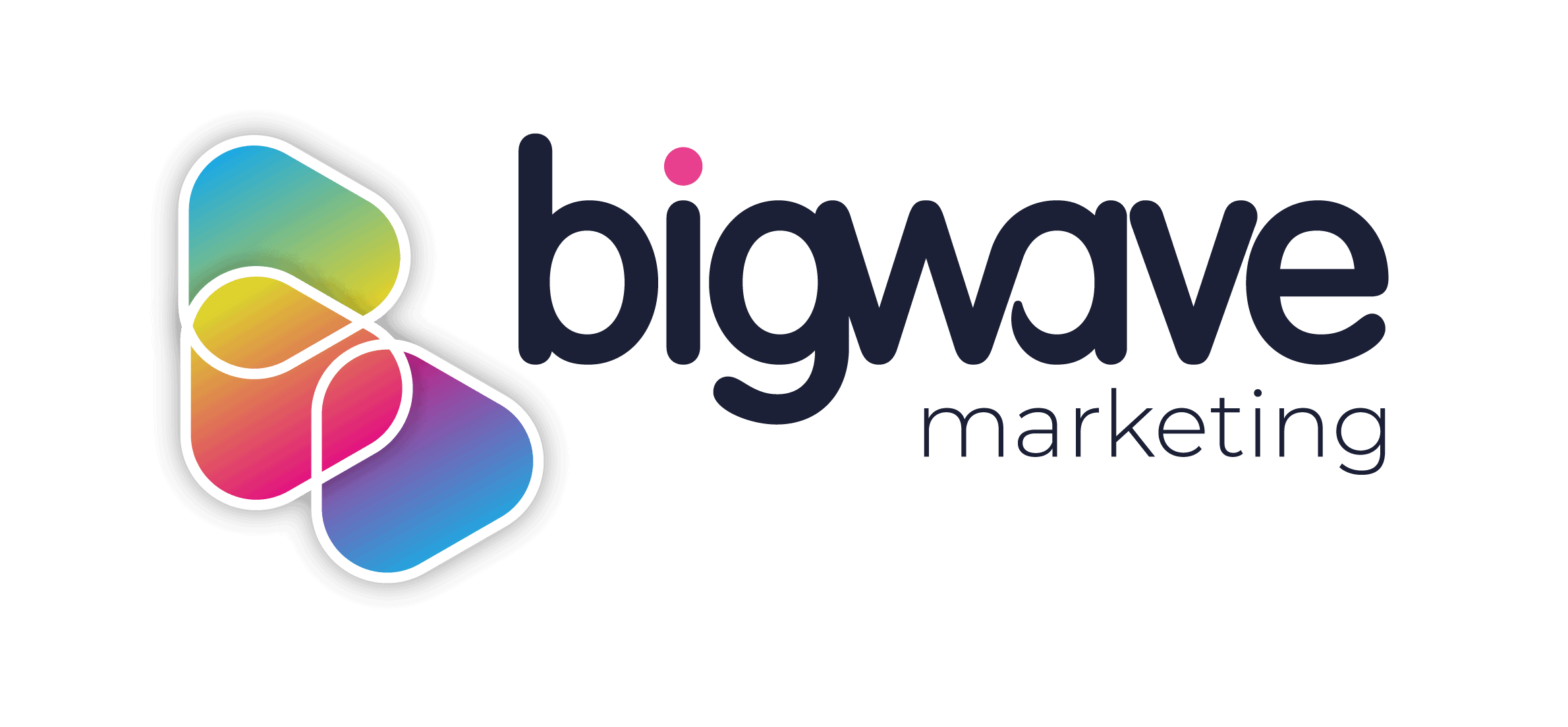With over 3.8 billion social media users across the world, businesses recognise the power of social media. Social media is the strongest component for businesses nowadays since it allows them to market, sell and provide support to their customers and audience, as well as create strong relationships and communities.
However, businesses can’t progress on social media without understanding how it works and how to use their data to grow, so social media analytics are essential to learn and understand. Social media analytics allow businesses to understand what posts and platforms are most effective so that they can then produce consistent and engaging content to positively impact the bottom line.
What Are Social Media Analytics?
Social media analytics involves gathering and analysing data points from social media channels to help inform your social media strategy and optimize your engagement. There are a variety of different social media tools that can help you get insight into data. These online tools are critical for product research, competitive research, and audience analysis. The overall purpose of analytics is to use the results from the data you have gathered to determine your business marketing decisions.
Why Social Media Analytics is Important for Businesses
There are several ways social media analytics can be important for businesses. Below are four main universal cases for a social media analytics solution:
1. Measure and Prove Return on Investment (ROI) and Marketing Impact
Overviewing performance KPIs (key performance indicators) is essential to successful social media campaigns, but if your strategy doesn’t seem to be working, then your data analysis can help you to find effective strategy tweaks before the performance decreases. A clear overview can also help to easily see the most important metrics to better your marketing performance so that everyone can then work from the latest data.
2. Make Better Strategic and Business Decisions
The amount of data that’s posted to social media is increasing, as is our ability to extract insights from this data with the ongoing improvement of technology. Social media analytics can help improve decision-making for marketing by:
- Social listening: This involves analysing and extracting large amounts of data that’s being posted to different social media channels every day.
- Respond to trends quickly: By accessing real-time data, you can rapidly act to bigger trends and potentially jump in before competitors.
- Minimise business risk: Allow data to guide your decisions and help you make the most out of your resources and be led by your KPIs performance.
3. Compare Your Social Media Performance with Your Competitors
To measure the real success of businesses, you must be able to compare them to their competitors, as well as the industry and regional performance averages of the business. Benchmarking can provide key insights, allowing you to see how you rank against other competition, or equally to see how the performance against industry or region averages looks.
4. Track Marketing Team Efficiency
It’s essential to guide a team in the right direction so that the working velocity is high. The customer journey can be hard to manage, so it’s essential for businesses to understand their journey well. With a good analytics solution, teams can easily report on the metrics that their CMO would want to see and equally, CMOs can then easily overview the marketing operations to see top-line data. Furthermore, trends can be spotted by the marketing team for further investigation.
How to Read and Understand Social Media Analytics
Most social media sites have analytics that gives insight into what users are responding to and engaging with. This data can be used to measure the growth and effectiveness of social media pages to improve brand awareness, profits and return on investment (ROI). Analytics can also help businesses to understand what works for their competitors and their audiences.
Each social channel has its own analytics and/or insights tool:
- Twitter has its own analytics page, simply called ‘Twitter Analytics’.
- Facebook has its own in-depth analytics tab on its Insights page via Facebook Pages.
- Instagram uses the Facebook Insights platform.
- LinkedIn offers a basic and free data page for businesses and full analytics software if you have a premium account.
- YouTube features its own YouTube Analytics dashboard.
As an example, Facebook’s ‘Insights’ helps you to learn about your audience’s behaviour. To find the Insights tab, start at your business’s Facebook page and choose “Insights” from the white menu at the top of the page.
To see information about your followers, you can view “Page Followers”. This will show you interactive graphs which you can hover over to view specific information. There are different graphs to present different information, like “Total Followers” and “Net Followers”.
A recent study of over 300 social media marketers revealed that the most important metrics for tracking success from social media are engagement rate (36%) and conversion rate (35%). “SMART” goals are also a great strategy to use when setting goals. SMART stands for specific, measurable, attainable, realistic and time-bound.
Software programs and apps allow you to manage your social media accounts in one place. This helps to improve the effectiveness and the results of your social media efforts. For example, Hootsuite is an app that allows you to schedule posts for the future and track results across more than one social media platform.
The Types of Social Media Analytics
There are six different types of key performance metrics to track, including:
Performance Metrics
Measuring the performance of social media marketing is important to understanding where strategies are working and if any improvement is needed.
Audience Analytics
Understanding the audience of a business will help to create a better customer experience with content that’s targeted at what customers are wanting and looking for.
Competitor Analytics
Social media performance can be compared to competitors’ performance to determine what can and needs to be improved.
Paid Social Analytics
Advanced tools can predict which content is going to perform the best and if it will be less of a risk. An all-in-one platform would be the best choice to track this performance over all social media channels.
Influencer Analytics
Some businesses will want a head start with competition, so they often collaborate with social influencers to enhance their marketing campaign. To make the most of their partnerships, it’s important to measure key metrics to ensure that influencer marketing is achieving desired goals.
Sentiment Analysis
This is an important metric to measure because it indicates whether a campaign is gaining or losing favourability with an audience. Sentiment analysis can also reveal potential care issues. It’s clear that tracking your social media analytics and data can help you to create a successful marketing campaign, especially with the fluidity of the changing demographic on social media. Analytics provide you with the complete picture, helping you to enable individuals’ posts to provide meaning for your social channels.
Staying current with analytics will help you to maintain a balance of success throughout your platforms. The use of analytics is endless, but it’s a beneficial tool which enables you to create better marketing campaigns and strategies to monitor and maintain the performance of your social media platforms in the best way possible.
For more information about our social media services, contact us.

